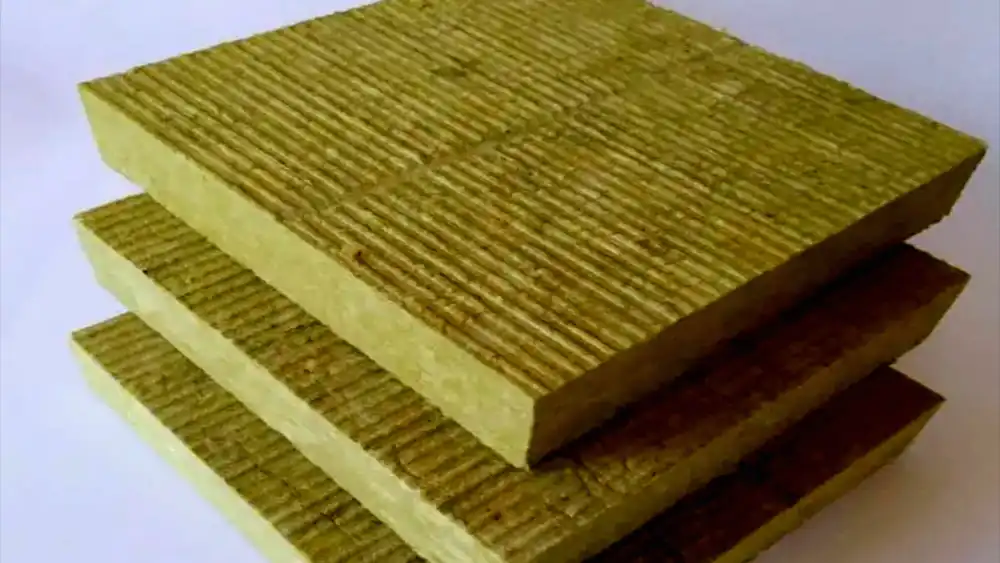Magnesium carbonate not only provides a foaming action during the production of phenolic foam, but also imparts more functionality to the material by improving several of its properties, especially in enhancing fire resistance and thermal stability. The multifaceted functionality of magnesium carbonate in phenolic foam is mainly reflected in the following aspects:

Environmental Friendliness: Compared to some chemical blowing agents, magnesium carbonate, as a foaming aid, is relatively environmentally friendly, does not release harmful gases, and has a smaller burden on the environment.
Blowing Agent Action: Magnesium carbonate decomposes at high temperatures, releasing carbon dioxide gas (CO₂). This gas release can form bubbles in the phenolic resin, thereby acting as a blowing agent, helping the resin to form a foam structure and improving the lightweight properties of the material.
Enhancing Material Fire Resistance: Magnesium carbonate itself has good fire resistance properties, which can improve the high-temperature resistance of phenolic foam. This is particularly important for applications in areas requiring fire and heat resistance (such as construction, the automotive industry, etc.).
Improving Thermal Stability: The decomposition temperature of magnesium carbonate is high, so it can improve the thermal stability of phenolic foam, preventing premature decomposition or performance degradation in high-temperature environments.
Improving Mechanical Properties: Adding an appropriate amount of magnesium carbonate to phenolic resin helps improve the structure of the foam, enhance the overall strength and toughness of the foam, and enhance the material’s compressive and wear resistance.
Promoting Resin Crosslinking Reactions: Magnesium carbonate may participate in the crosslinking reactions of phenolic resin, improving the crosslinking density of the resin, thereby enhancing the chemical corrosion resistance of the foam.
